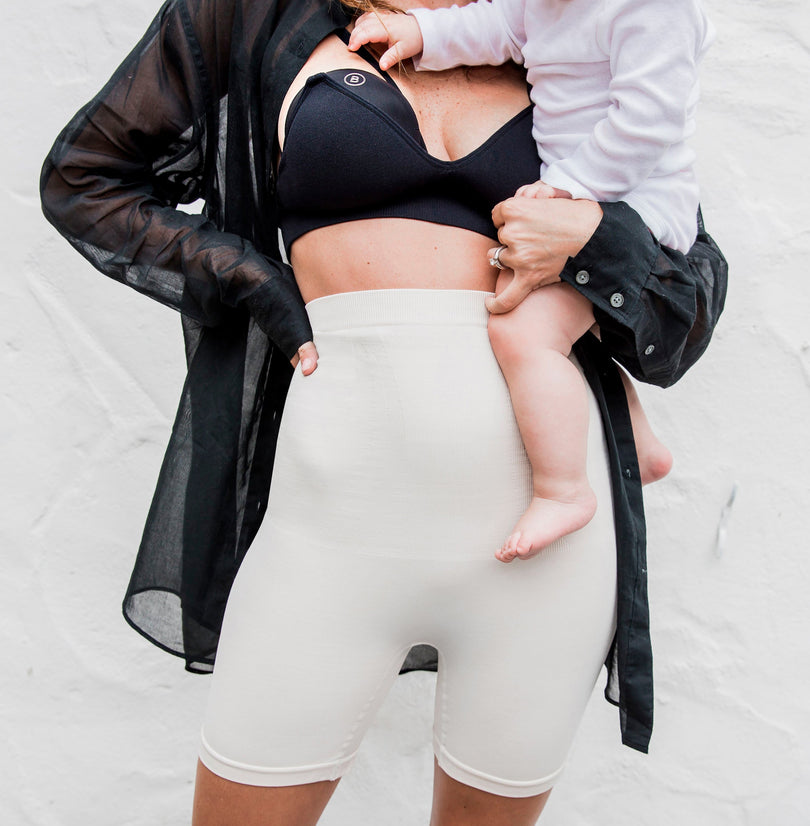What are pelvic floor disorders?
It’s that first time you try jumping jacks after having a baby. Or maybe it’s just a good laugh. Or a sneeze. You passed your six week postpartum follow-up with flying colors, everything has healed, and yet you can’t seem to hold it in. Many moms joke about peeing themselves every now and then. What most don’t know is that urinary incontinence is not an inevitable result of childbirth. It’s very commonly a symptom of weak or injured pelvic floor muscles, the muscles that normally cradle the bladder, uterus, and rectum. Whether they even know what the pelvic floor is, about twenty percent of adult women in the U.S experience some kind pelvic floor disorder in their lifetime, according to a recent study. About 70 percent of the time, it shows up as urinary incontinence. The most serious outcome of a weak or damaged pelvic floor is organ prolapse, when part of your uterus, bladder, or rectum pushes into the vaginal canal, which may require surgery. For a better idea of exactly what your pelvic floor is and what it does, have a look at these helpful images from the Mayo Clinic and the National Institute of Health. Pelvic floor problems are not always related to pregnancy, and many women simply develop pelvic floor weakness as they age, but a women’s first vaginal delivery can increase the chances of experiencing more severe pelvic floor issues many years later, according to several studies including this one. That’s not to say that having a baby guarantees you’ll be peeing your pants for life. This fascinating editorial explains how women’s pelvic floors are designed to accommodate childbirth. It describes one study on pregnant rats which found that the pelvic floor muscles stretch by up to 37 percent during gestation, and then go back to normal by 12 weeks after birth. Some doctors think problems occur when mom’s pelvic floor muscles don’t stretch as they are meant to, or are not physically prepared for childbirth the way that other muscles are trained for major athletic events, for example.Why do some women get pelvic floor problems and not others?
For most women, pelvic floor weakness improves as time goes on and the muscles strengthen. But others continue to have urinary or even fecal incontinence for decades after childbirth. Researchers are still after the reasons behind this, but there are a few things besides pregnancy that can increase your risk of pelvic floor disorders. Age is certainly a big one. Women in their seventies and eighties are much more likely to have pelvic floor problems than women in their twenties or thirties. Obesity is another major risk factor. According to a study done in Sweden, the likelihood of having organ prolapse increased as the study participants’ weight increased. Having a big baby for your own body size is another risk factor.What can you do about it?
Prepare your pelvic floor for pregnancy and delivery by exercising it just like you would any other muscle area before a big athletic event. You’ve probably heard you should be doing Kegel exercises, where you draw the pelvic floor up and in. But pelvic floor exercises go far beyond Kegels and strengthening your entire core helps support the pelvic floor. The best resource for such exercises is a physical therapist, but you can also check out one of the many free exercise videos on YouTube or check out an organization like Hab-It or Pelvic Floor First which offer educational resources, including videos. Pelvic floor health may be also be just as much about awareness as it is exercise. According to some physical therapists, simply adjusting your posture can have a positive impact on your pelvic floor strength. After delivery, talk to your doctor or midwife about how best to recover and strengthen your pelvic floor and core. Tell your provider about any incontinence or symptoms that may suggest pelvic floor organ prolapse such as a feeling of fullness or heaviness in the vagina or an obvious bulge on the vaginal wall. The National Institute of Child Health and Human Development provides a full list of symptoms, as well many other helpful resources, including links to clinical trials for women with prolapse or incontinence. There are also supportive communities out there, such as Voices for PFD where you can get connected with other women going through similar issues and learn about the different types of pelvic floor disorders and medical treatments. Voices for PFD also has a tool on their site to help you locate a physical therapist who specializes in pelvic floor rehabilitation.Despite popular belief, peeing your pants now and then isn’t necessarily just part of motherhood. Take some steps to keep your pelvic floor strong so you can laugh, sneeze, and jump with confidence!





